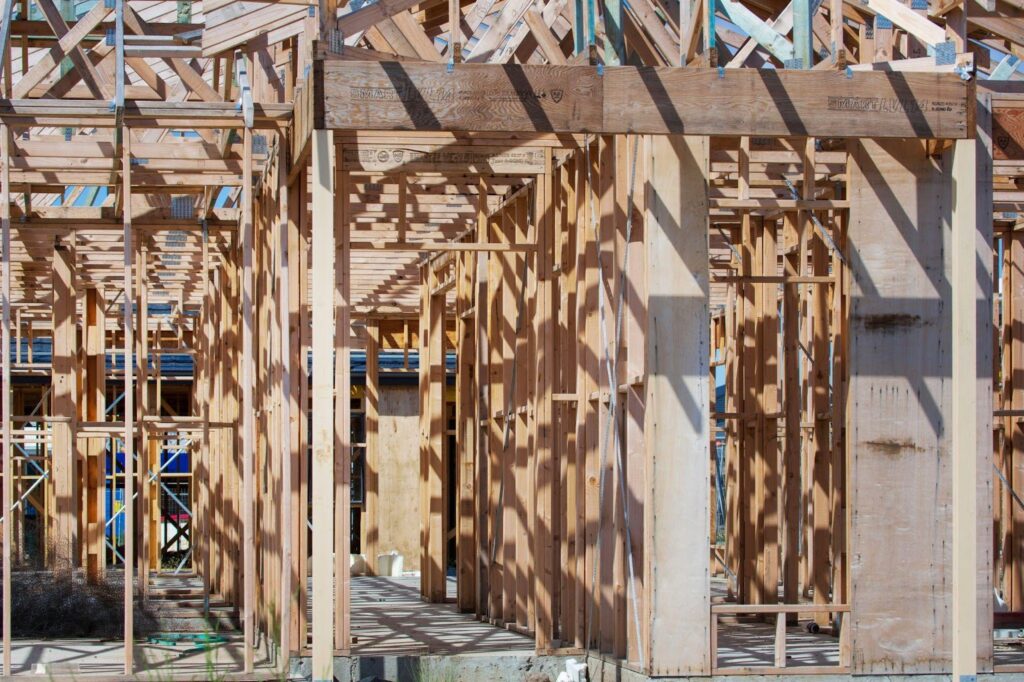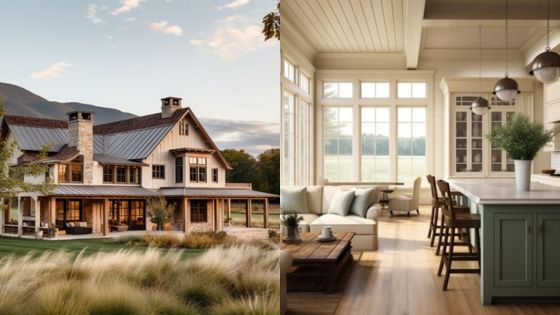- Home and land packages simplify the building process by bundling the land and home together, offering convenience and cost savings.
- Choosing the right location is crucial for long-term value, factoring in proximity to amenities, future development, and community appeal.
- Customization in new builds allows for personalization, but balancing design choices with budget is key for maximizing value.
- Sustainable and energy-efficient features in new homes can reduce utility costs and increase future resale value.

Building a new home is an exciting journey, but it can also feel overwhelming with all the decisions you need to make. From selecting the perfect location to navigating design options, the process requires careful consideration to ensure everything goes smoothly. For many homebuyers, the goal is to create a space that reflects their lifestyle while also being a solid investment for the future.
In this post, we’ll walk you through some of the most important factors to consider before diving into your home-building project. By keeping these key points in mind, you’ll be better equipped to make informed decisions and avoid common pitfalls along the way.
Choosing the Right Location
When building a home, location is one of the most crucial factors to consider. The area you choose can have a lasting impact on both your quality of life and the long-term value of your property. Living in a location that offers easy access to key amenities like schools, public transport, shopping centers, and parks can significantly improve your day-to-day convenience. Whether it’s reducing commute times or having essential services close by, these factors can enhance your lifestyle and increase the overall appeal of your home.
In addition to current amenities, it’s important to consider the broader community and any future development plans for the area. Investing in an up-and-coming neighborhood can be a smart move, as your property may increase in value as new infrastructure, businesses, and public facilities are introduced. New roads, schools, and shopping hubs not only improve your own experience living there but also make your property more attractive to future buyers. Conversely, selecting a location that is too remote or lacks key services could complicate daily life and make it harder to sell when the time comes.
You should also take into account factors like crime rates, local schools’ reputations, and the overall vibe of the community. Are you looking for a quiet, family-friendly area, or do you prefer something more vibrant and urban? Your personal needs should align with the characteristics of the location. However, balancing these preferences with affordability is equally important. Often, finding the right location requires compromising between convenience and cost, but with the right research, you can find a sweet spot that offers both.
A great location ensures that your home remains desirable and adaptable to your evolving needs. Whether you plan to live there for decades or eventually sell, investing in the right area is key to safeguarding the long-term value of your property.
The Benefits of Home and Land Packages for Your Build
One of the smartest ways to simplify the home-building process is by opting for home and land packages. These packages offer a convenient solution for buyers, combining both the land and the home build in one deal. This eliminates the stress of separately searching for land and a builder, ensuring the entire process is streamlined and well-coordinated.
By buying a home and land package, you not only save time but can often benefit from financial perks as well. Many builders offer these packages at a lower overall cost compared to purchasing land and building separately. Additionally, since developers typically plan these packages in growing neighborhoods, you’re likely to find yourself in a community with modern infrastructure and amenities already in place.
For those who are looking to simplify the build process while maximizing their investment, home and land packages can be an ideal option. You’ll have the peace of mind knowing that everything is covered, from the foundation to the final touches, all while staying within your budget.
Customization and Flexibility
One of the biggest perks of building a new home is the ability to customize it to fit your unique needs and lifestyle. Whether it’s a modern kitchen layout or a spacious outdoor area, the design flexibility of a new build allows you to create a space that reflects your personality. With home and land packages, you often have the option to choose from various layouts and finishes, ensuring your new home feels truly personalized.
However, it’s essential to balance your design desires with budget constraints. It’s easy to get carried away with upgrades, but keeping a close eye on your spending will help avoid budget overruns. Focus on the areas that matter most—such as energy-efficient appliances, high-quality flooring, or durable roofing—while being mindful of features that may not add significant value in the long run.
Customization should enhance your living experience without straining your finances. Making smart design choices now can also increase the future resale value of your home, making it a wise investment as well as a dream space.
Investment Potential and Future Considerations
Building a new home isn’t just about creating a space that fits your needs—it’s also about making a solid investment for the future. New homes typically offer higher resale value, particularly if you’ve selected a prime location and incorporated modern, sought-after features that appeal to future buyers. Unlike older homes, which may require costly renovations and updates, a newly built home is move-in ready and meets current market demands.
One of the most important trends in new home construction today is sustainability. More homebuyers are actively seeking eco-friendly features that not only benefit the environment but also save money in the long run. Adding elements like solar panels, energy-efficient appliances, and water-saving fixtures is a smart choice. These upgrades can significantly reduce your utility costs, making your home cheaper to run while also increasing its overall value.
Moreover, sustainable homes tend to stand out in the property market. As energy efficiency becomes a higher priority for buyers, homes with these features are more likely to attract attention and fetch higher prices when it’s time to sell. By investing in modern, sustainable materials and technologies now, you’re not just saving on energy bills—you’re also future-proofing your home for changing market trends.
Planning for the future means thinking long-term. It’s not just about immediate comfort but also how your home will perform over the years. A well-built home in a desirable location, combined with modern and eco-friendly features, ensures that your home retains or grows in value over time. This makes it not just a place to live, but a valuable asset for your family’s future, offering both financial security and a more sustainable lifestyle.
Conclusion
Building a home is an exciting venture, but it requires careful consideration of several key factors. From choosing the right location to incorporating customization and sustainability, the decisions you make early on can significantly impact your home-building experience and long-term investment. By keeping these essential points in mind, you’ll be better prepared to create a home that not only suits your lifestyle but also stands the test of time.
- 1share
- Facebook0
- Pinterest1
- Twitter0
- Reddit0



